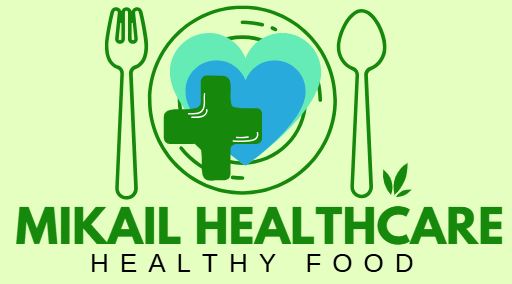Category: Nutrition Tips
Word Count: ~1000 words
Written in simple language for easy understanding.
Fiber is one of the most important nutrients in a healthy diet, yet many people don’t get enough of it. Found in fruits, vegetables, whole grains, and legumes, fiber helps keep your digestive system working properly and offers many other health benefits. In this article, we’ll explore what fiber is, why it’s important, and how you can easily add more of it to your daily meals.
What Is Fiber?
Fiber is a type of carbohydrate that your body can’t digest. Unlike other carbs, it doesn’t turn into sugar. Instead, it passes through your digestive system, helping to keep everything moving smoothly. There are two main types of fiber:
- Soluble fiber: This type dissolves in water and forms a gel-like substance. It helps lower cholesterol and control blood sugar. Foods rich in soluble fiber include oats, apples, and beans.
- Insoluble fiber: This type does not dissolve in water. It adds bulk to your stool and helps prevent constipation. Whole grains, carrots, and leafy greens are good sources.
1. Helps with Digestion
Fiber keeps your digestive system healthy. It adds bulk to your stool, making it easier to pass. This helps prevent common issues like constipation and bloating. Insoluble fiber especially plays a big role here.
Tip: Add whole grain bread or brown rice to your meals to help your gut stay happy.
2. Supports Weight Loss
Fiber makes you feel full for a longer time. This means you’re less likely to overeat or snack on unhealthy foods. High-fiber foods also take longer to chew, giving your body more time to recognize when it’s full.
Example: A bowl of oatmeal with fruits in the morning can keep you full until lunchtime.
3. Lowers Cholesterol Levels
Soluble fiber binds with cholesterol in your digestive system and helps remove it from the body. This can reduce your total cholesterol levels and lower your risk of heart disease.
Best choices: Oats, beans, and citrus fruits like oranges and lemons.
4. Helps Control Blood Sugar
For people with diabetes or prediabetes, fiber can be especially helpful. It slows the absorption of sugar into your bloodstream, which helps prevent blood sugar spikes after meals.
Try this: Swap white rice with quinoa or brown rice, and choose whole fruits instead of juice.
5. Keeps Your Gut Healthy
Fiber acts like food for the good bacteria in your gut. These bacteria help with digestion and support your immune system. A healthy gut is linked to better moods, stronger immunity, and even clearer skin.
Pro tip: Add fermented foods like yogurt or kefir with high-fiber meals for extra gut benefits.
How Much Fiber Do You Need?
The recommended daily amount is:
- Women: 21–25 grams
- Men: 30–38 grams
However, most people eat less than half of that! Start by adding a little more fiber to your meals each day and drink plenty of water to help your body adjust.
Best High-Fiber Foods
Here are some easy ways to add more fiber to your diet:
| Food | Fiber per Serving |
|---|---|
| Lentils (1 cup) | 15g |
| Chia seeds (2 tbsp) | 10g |
| Raspberries (1 cup) | 8g |
| Pear (1 medium) | 5g |
| Brown rice (1 cup) | 3.5g |
| Whole wheat bread (1 slice) | 2g |
Simple Tips to Eat More Fiber
- Choose whole grain versions of bread, pasta, and rice.
- Snack on fruits, nuts, or raw vegetables.
- Add beans or lentils to soups, stews, and salads.
- Sprinkle chia or flax seeds on cereal or yogurt.
- Eat the skin of fruits and vegetables when possible.
Conclusion
Fiber is an easy way to boost your overall health. It helps your digestion, keeps you full, lowers your cholesterol, and supports your blood sugar levels. By making small changes to your daily meals, you can enjoy all the benefits of fiber and feel better every day.

